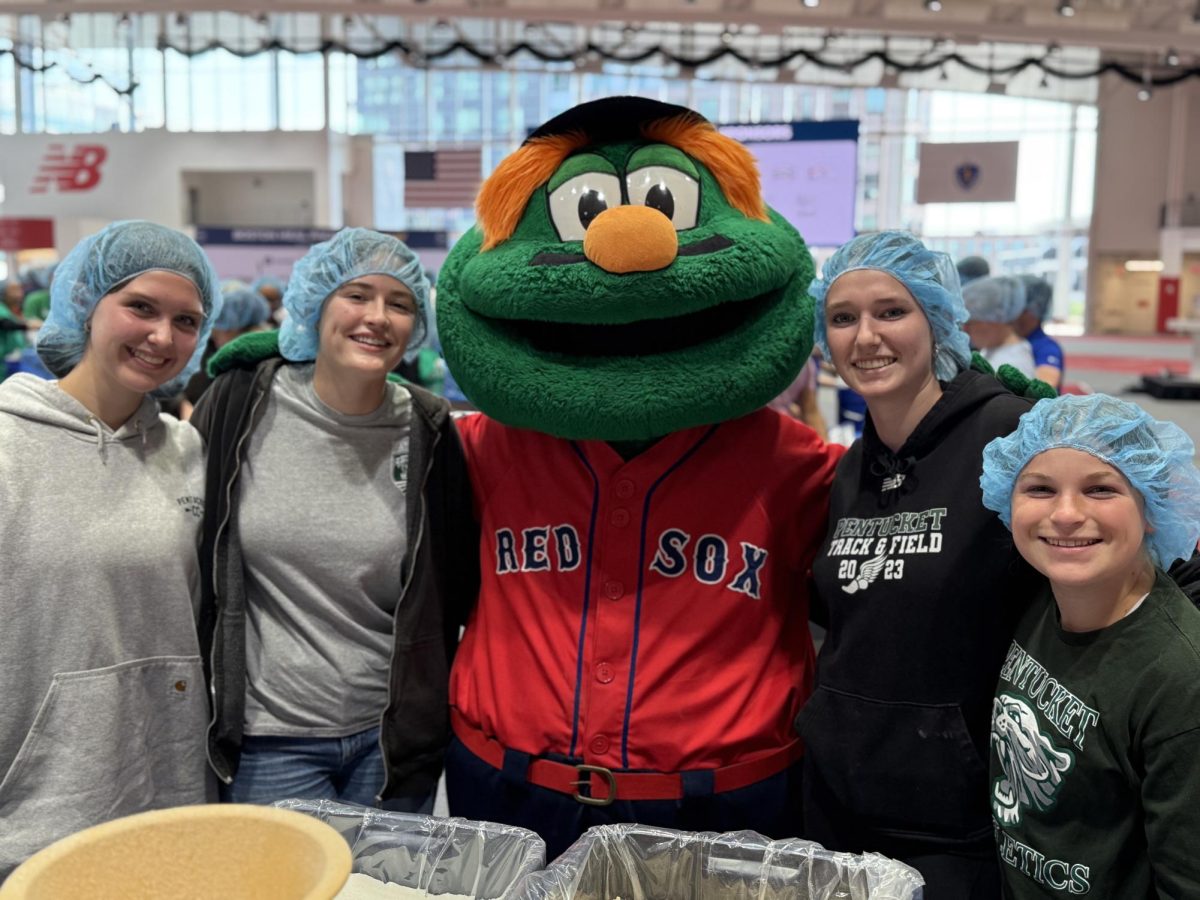Vinyl records are cool collectors items and can be a fun way to listen to music. But how do they actually work? By looking at the steps of production and interviewing an expert, we can figure out how these things work.
John Brien, owner of Important Records, based in Groveland MA, has answered some of my questions. He gives us insight as to how they work and are made and also what got him invested in this business, he says, “Like most people, I really love music. After college I started working at a record store and instead of going to graduate school to finish my teaching certification I started selling records online.”
How does it work?
Record players have the base attachment but also an “arm”, known as a stylus. This stylus reads grooves on the vinyl and generates it into an electric signal. As the record hits the platter, it begins to spin and make sound vibrations. The needle acts as a transducer that transverts the vibrations into electrical signals we can hear.
How is it made?
The vinyl making process starts with the music artists. When recording, the people who make vinyls are listening to the raw sounds. Engineers use compression, limiting, saturation, and equalization to help create the sound they want.
Then the cutting starts making the “master record”, taking that record and cutting grooves into the lacquer. Brien mentions, The lathe, it looks like a big record player and it has a needle that cuts the grooves. Engineers watch them closely to prevent scratching and popping in the songs. They take precautions and wear gloves because even small particles of dust can ruin records. At the end of this they end up with a stamp that has the indentations of the song on it.”
The finished lacquer is then turned into a mother plate. It has positive images of the gloves and is used to make stamper plates.
Brien emphasizes the importance of a clean factory saying, “They must be clean and without static charge so the finished records don’t attract dust. Even a new record can sound bad if it has attracted dust via a static charge.”
At the end of the process, we have a beautiful piece of technology, and something that has been used for generations to listen to music on. Vinyl records are delicate and colorful and will continue to be used for generations to come.


















